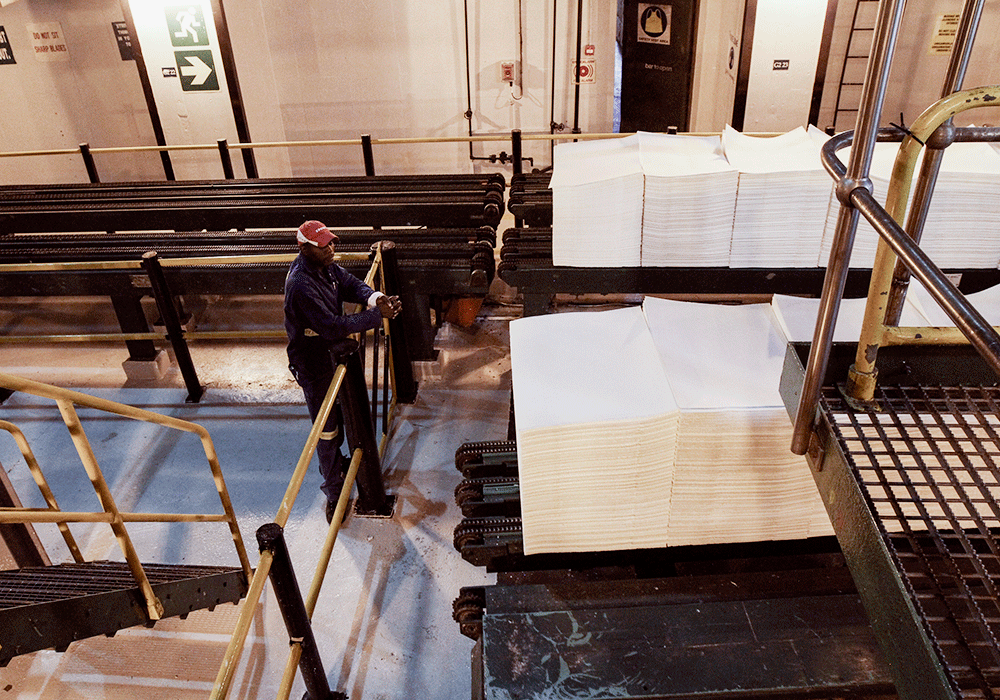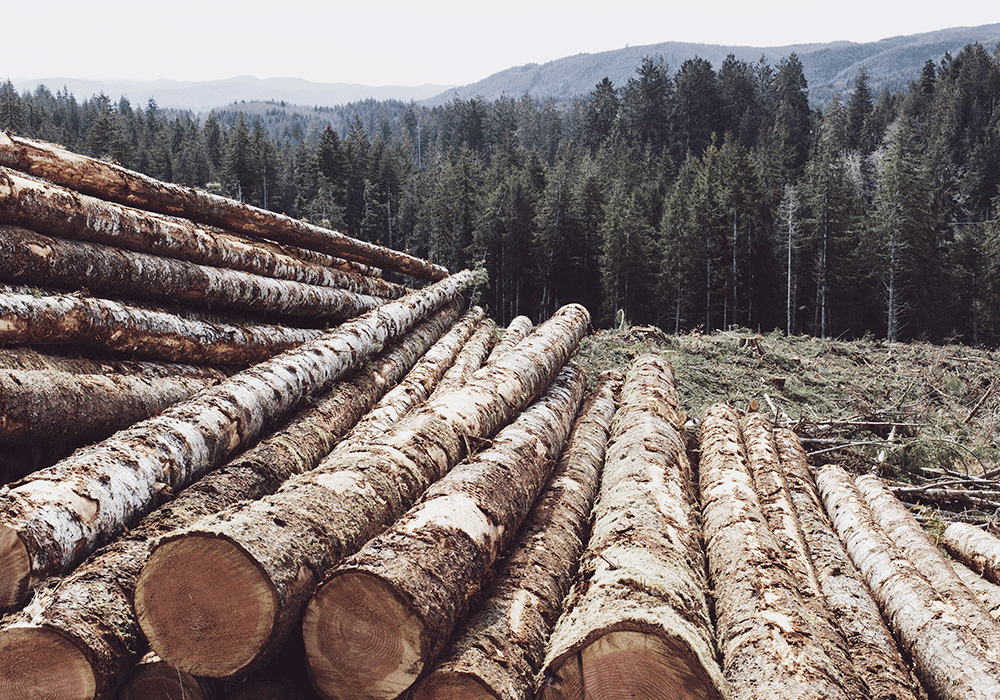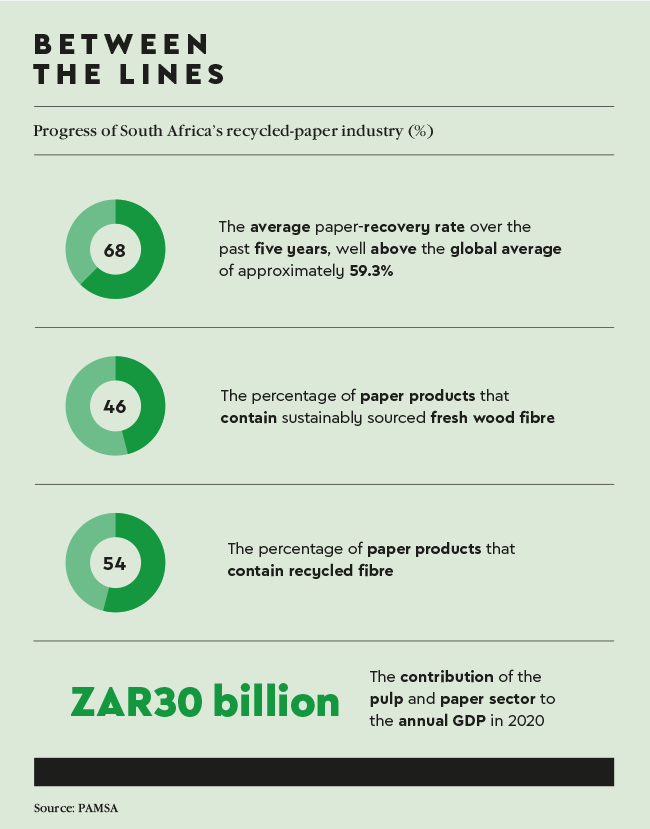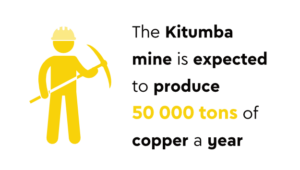Chances are, if you grew up in ’70s and ’80s, you may have internalised a message that the paper industry is bad, because trees are killed to make paper, and we need trees in order to have clean air and slow down global warming. While the message might have been effective in ingraining the importance of paper recycling in a child’s mind, the idea that paper production is ‘bad for the environment’ is outdated – yet many of us still carry this perception with us.
In truth, the paper and forestry industries – particularly in South Africa – are a leading model of how circular economies can work, and represent a sustainable approach to paper-product manufacturing.
‘By its very nature, paper is a circular and renewable economy. All paper comes from a tree at some point in its life. Trees used in harvested wood products in South Africa, and other parts of the world, are planted and grown in a sustainable and environmentally sensitive manner,’ according to Jane Molony, executive director of the Paper Manufacturers Association of South Africa (PAMSA). ‘Once mature, these farmed trees are harvested. Only 10% of the total plantation area is harvested in one year, and most importantly, new trees are planted in the place of harvested trees, which means there is always new stock, growing stock and mature stock. The harvested wood is sent for processing into pulp and then into paper – white office paper and countless types of packaging. Such products are recyclable too.’
The viability of a circular pulp and paper bio-economy hinges on sustainable production methods as well as sufficient recovery of waste material for recycling and feeding back into the industry. In this respect, South Africa is far ahead of the international curve – not only are timber plantations that supply the paper industry sustainably managed, but South Africa also has one of the highest rates of paper recycling globally. In 2021, South Africa achieved a 61.1% paper recovery rate, down from 69.8% in 2020 (a drop that can be linked to COVID disruptions and shifts in the economy). However, the average for the past five years sits at 68%, well above the global average of 59.3%. What’s more, the sector is a major contributor to the economy.
‘The pulp and paper sector as a whole contributed ZAR30 billion to the economy and over ZAR9 billion to the balance of trade in 2020,’ says Edith Leeuta, CEO of Fibre Circle, a voluntary producer responsibility organisation (PRO). ‘From the planting of trees to recycling, the sector employs around 150 000 people, while the informal waste sector – which covers all recyclables, including paper and plastic – comprises between 60 000 and 100 000 people, although the exact figure is not known.’
While South Africa remains a forerunner in paper recovery globally, industry leaders are quick to point out that a 100% paper recovery rate is not currently achievable.
‘There will always be product going to landfill, either due to contamination from wet or organic waste, lack of recycling facilities or that paper is not recyclable due to lamination and wet-strength additives, for instance,’ says Leeuta. Yet the industry certainly isn’t resting on its laurels. Incentives to drive efficiencies even higher, as well as investment in new technologies and innovations, are ongoing. ‘We need to close the gaps between our technical capacity to recycle, infrastructure to recover and collect, and importantly, awareness, education and behaviour change among consumers.’
On 5 May 2021, extended producer responsibility (EPR) legislation came into effect, the intention being for producers to take responsibility for the life cycle of the products they put into the market, and give the relevant industries a compulsory nudge towards sustainable circular economies. Obligated producers had until 5 November 2021 to register with the Department of Forestry, Fisheries and the Environment and to ensure that their products are covered by an EPR scheme. Companies can either join an existing PRO such as Fibre Circle, form a new PRO, or develop and submit an independent EPR scheme.
‘An EPR scheme along with EPR fees for paper and paper-packaging products were submitted in line with government legislation in November 2021,’ says Leeuta. ‘Fibre Circle is a fairly new organisation. It was launched in 2019 to steer the paper and paper-packaging industry’s compliance to the then-upcoming extended producer responsibility legislation. We have been working with the manufacturers and importers around solutions to drive the recovery of difficult-to-collect products and, through research and development, to improve the recycling capacity of difficult-to-recycle products, such as liquid board packaging [used beverage cartons], label backing paper and potato bags.’
Mpact, one of Southern Africa’s largest paper and plastics-packaging and recycling businesses, has invested heavily in the upgrade of its KwaZulu-Natal Felixton mill over the past few years, which has increased the mill’s capacity by 60 000 tons to 215 000 tons (though that figure could be less, dependent on paper grammages produced). The significant investment in the latest paper machine technology and machinery has improved the quality of Mpact’s paper products, enhanced operational efficiencies and the mill’s overall competitiveness in line with global trends. The mill will no longer utilise bagasse (sugar cane) fibre in its products, moving towards fully recycled fibre usage. Environmental benefits of the upgrade also include significant reductions in CO2, and the usage of energy, water and solid waste.
The company also invested ZAR46 million in equipment at its Springs mill in 2016, which now allows for the processing of used milk and juice cartons – a product that, previously, could not be recycled. The plant is able to recycle 25 000 tons of liquid-packaging products annually and create more than 500 income-generating opportunities for entrepreneurs and traders.
Mpact Recycling has partnered with more than 45 buy-back centres, which support close on 1 000 collectors each day, at least 150 independent dealers throughout the country, and in excess of 1 900 schools and communities countrywide, who supply their recyclables for remuneration.

Meanwhile, Fibre Circle is conducting innovative research with funding from the Department of Science and Innovation (DSI) as part of the Sector Innovation Fund. From 2019 to 2021, a ZAR9 million partnership with the DSI facilitated 12 research and development projects, each exploring ways of using wood cellulose and reusing by-products from the paper-making and recycling processes to create high-value and sustainable bio-products.
‘These projects have been carried out over a period of three years by a group of bright young chemical engineering students at the Tshwane University of Technology, the Vaal University of Technology, the University of Pretoria and UNISA,’ says Leeuta. ‘The bio-products in question can be used across multiple applications, such as the switch from plastic to paper packaging, agriculture and mosquito control, and industrial wastewater treatment.’
Even with its commendable track record, however, the industry still has challenges to overcome. Chris Whyte, KwaZulu-Natal branch committee member for the Institute of Waste Management South Africa, says gaps in infrastructure capacity to process materials on a regional basis need to be addressed. ‘The fibre-recycling industry in South Africa can hold its head high on the global stage, but even they will agree there is room for improvement,’ he says.
Consumer behaviour is also part of the problem. Ideally, households and workplaces should be placing all paper waste into allocated bins for recycling. In short, paper products need to be kept clean, dry and separate from wet waste and moisture to retain the fibre integrity for efficient recycling.
Ultimately, although South Africa’s recycling rates are laudable, significant investment is still needed to improve recycling infrastructure, reduce waste, create jobs and protect our beautiful country.


















